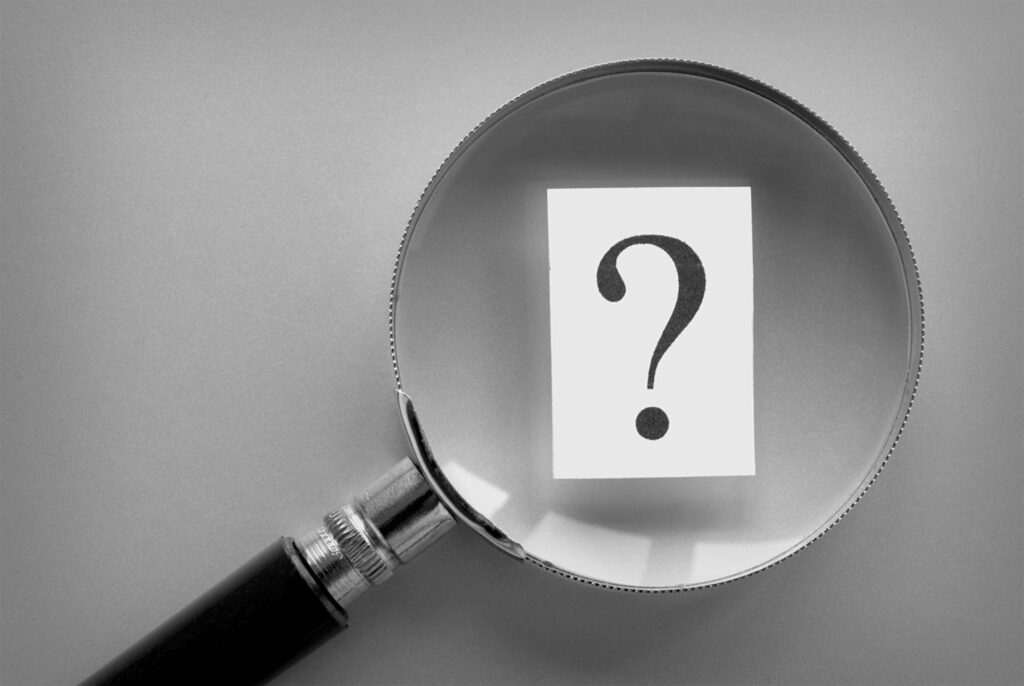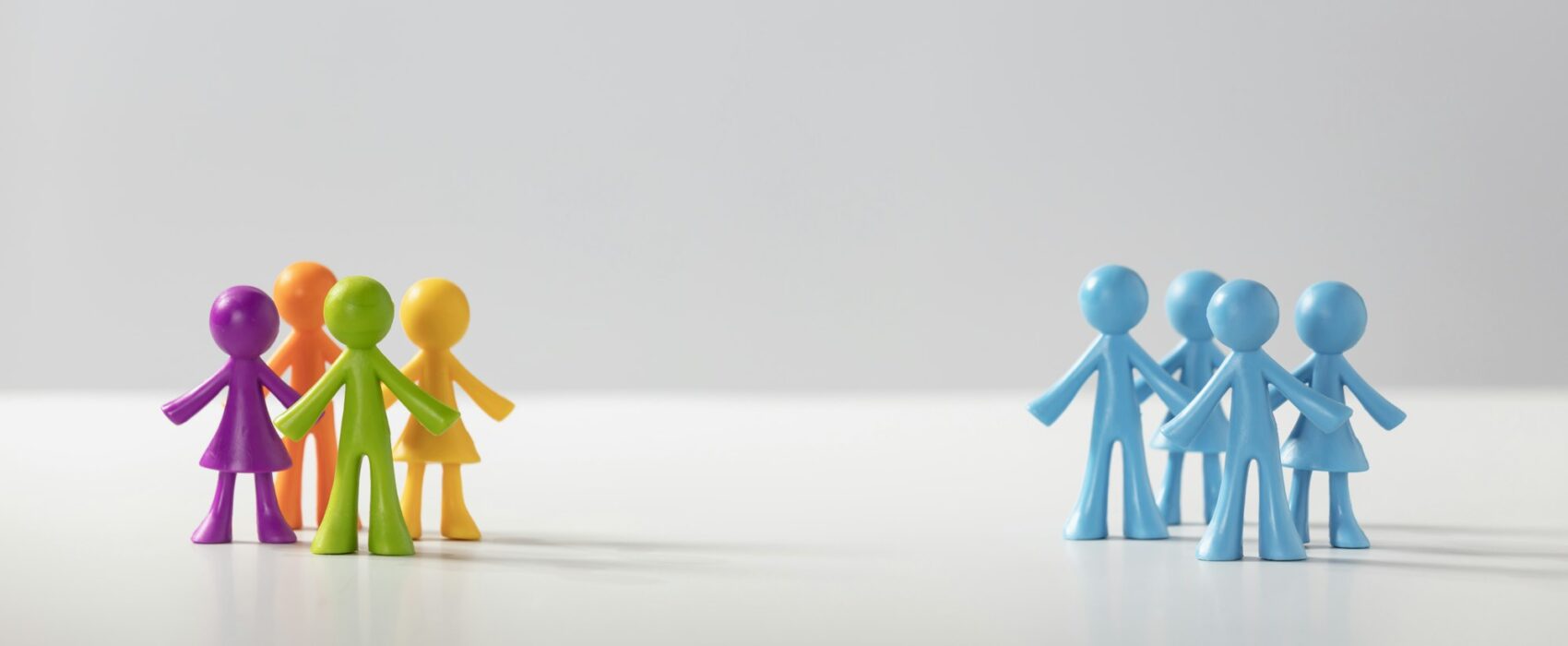Hey there! Today, let’s dive into the fascinating topic of asocial and antisocial behavior. You know, there’s often some confusion surrounding these terms, so it’s important to understand them correctly. In this blog post, we’ll define both asocial and antisocial behavior, explore their differences, and discuss the impact of mislabeling. So, let’s get started!

Defining Asocial and Antisocial
Let’s start by taking a closer look at asocial behavior. Simply put, it refers to individuals who prefer solitude or have a limited desire for social interactions. They may not actively seek out social situations or engage in social norms as frequently as others. However, it’s crucial to note that being asocial doesn’t mean being antisocial. Asocial individuals are not necessarily harmful or aggressive towards others; they just have different preferences when it comes to socializing.
On the other hand, antisocial behavior unveils a deeper truth. It is characterized by a disregard for the rights of others and a lack of empathy. Antisocial individuals may exhibit aggressive, manipulative, or even criminal behavior. It’s important to understand that antisocial behavior is not just a choice; it can be linked to antisocial personality disorder, a psychological condition that requires professional attention.

Delving Into the Differences: Asocial vs. Antisocial
Now that we have a better understanding of asocial and antisocial behavior, let’s delve deeper into the characteristics of asocial and antisocial individuals, their preferences, and the impact on their interactions with others.
- Preference for Solitude: Asocial people prefer solitude and may not actively seek out social gatherings or conform to social norms. They find solace and contentment in their own company, enjoying activities like reading, painting, or taking long walks alone. Antisocial people, on the other hand, exhibit harmful and sometimes criminal behavior, showing a disregard for the rights of others.
- Motivation and Empathy: Asocial individuals value personal space and introspection, and their behavior is driven by their need for independence and introspection. It is important to note that being asocial does not indicate a lack of empathy or motivation. Conversely, antisocial individuals lack empathy and motivation, often engaging in behaviors that harm others or violate societal rules.
- Relationship Formation: Asocial individuals may struggle with forming social connections but are not necessarily hostile or harmful. They simply prefer solitude and may find it challenging to engage in social interactions. Antisocial individuals, on the other hand, have difficulty forming meaningful relationships due to their harmful and sometimes violent behaviors.
By understanding these differences, we can avoid misunderstanding and harmful judgments. It is crucial to treat individuals with empathy and compassion, recognizing that each person’s experiences and struggles are unique.

The Impact of Mislabeling
Mislabeling and using the terms asocial and antisocial interchangeably is a common mistake, despite the fact that they refer to distinct traits. This mislabeling can have significant consequences, both for individuals and society as a whole. Let’s explore some examples:
- Stigmatization and Discrimination: When someone is wrongly labeled as antisocial, it can lead to stigmatization and discrimination. For instance, an individual who lacks motivation and has a preference for spending time in their own company may be unfairly judged and excluded from social activities or relationships.
- Neglecting Early Intervention: Failing to recognize and address criminal behavior and antisocial personalities early on can have detrimental effects. For example, if someone with antisocial traits goes unnoticed or is mislabeled, their behaviors, such as active hostility or engaging in criminal activities, may escalate, potentially causing harm to themselves or others.
- Misunderstanding and Negative Judgments: Mislabeling individuals with asocial traits can result in misunderstanding and negative judgments. For instance, someone who prefers solitary activities and has a lack of interest in social interaction may be perceived as unfriendly or uncaring, when in reality, they simply have a different preference for socializing.
It is crucial to remember that asocial behavior is not a choice but rather a different way of socializing. By acknowledging and understanding these differences, we can foster a more inclusive and empathetic society where individuals are not unfairly labeled or judged.
Relatable Examples of Asocial and Antisocial Behavior
To further illustrate the differences between asocial and antisocial behavior, let’s consider a few examples.
Annie is an asocial individual. She prefers spending her weekends engaging in solitary hobbies, such as reading a good book or painting landscapes, rather than going out with friends. She finds it draining to be in social settings and tends to keep to herself. She enjoys her own company and does not exhibit any violent behavior or engage in criminal activities.
On the other hand, Brian exhibits antisocial behavior. He often disregards the feelings of others and manipulates situations for his benefit. He has a history of engaging in criminal activities and has trouble maintaining meaningful relationships due to his lack of empathy and remorse.
These examples clearly show that asocial and antisocial behavior are not the same. By being more aware of these differences, we can foster a better understanding and acceptance of individual behavioral patterns.

Seeking Professional Help and Support
If you or someone you know is displaying severe antisocial behavior or if asocial tendencies are causing distress, it may be useful to seek professional help. Mental health professionals, such as psychologists, psychiatrists, and licensed therapists, are equipped to diagnose and provide support for those dealing with these issues. Even asocial individuals who don’t have a disorder can benefit from counseling or support groups, which can help them navigate social situations more comfortably if they choose. Cognitive-behavioral therapy and other treatment options can be explored based on the professional assessment of individual needs.
Understanding the key differences between asocial and antisocial behavior, as well as the underlying causes and treatment options available, can help individuals with different personality types and mental health issues receive the appropriate support. It is important to remember that seeking professional help is not a sign of weakness but a proactive step towards personal growth and well-being.
Next time you encounter someone who prefers alone time or exhibits asocial behavior, remember that it may be their personal preference and not an indication of being antisocial. By respecting individual differences and providing support when needed, we can create a more inclusive and understanding social environment.
The main difference between asocial and antisocial behavior lies in the intentions and patterns of behavior exhibited. Understanding these distinctions can help us navigate social interactions with respect and empathy, fostering a society that embraces diverse personality types and promotes overall well-being.
Conclusion:
To wrap it up, it’s crucial to distinguish between asocial and antisocial behavior accurately. Asocial individuals are not necessarily harmful; they simply have different social preferences. In contrast, antisocial behavior involves a disregard for the rights of others and may be linked to antisocial personality disorder.
By gaining a deeper understanding of these terms and their implications, we can create a more compassionate and inclusive society. Let’s break the misconceptions, challenge the stigma, and support individuals who may be struggling with their social interactions or mental health.
Remember, it’s essential to respect and value each individual’s choices and experiences. So, let’s foster empathy, understanding, and acceptance in our interactions with others.









